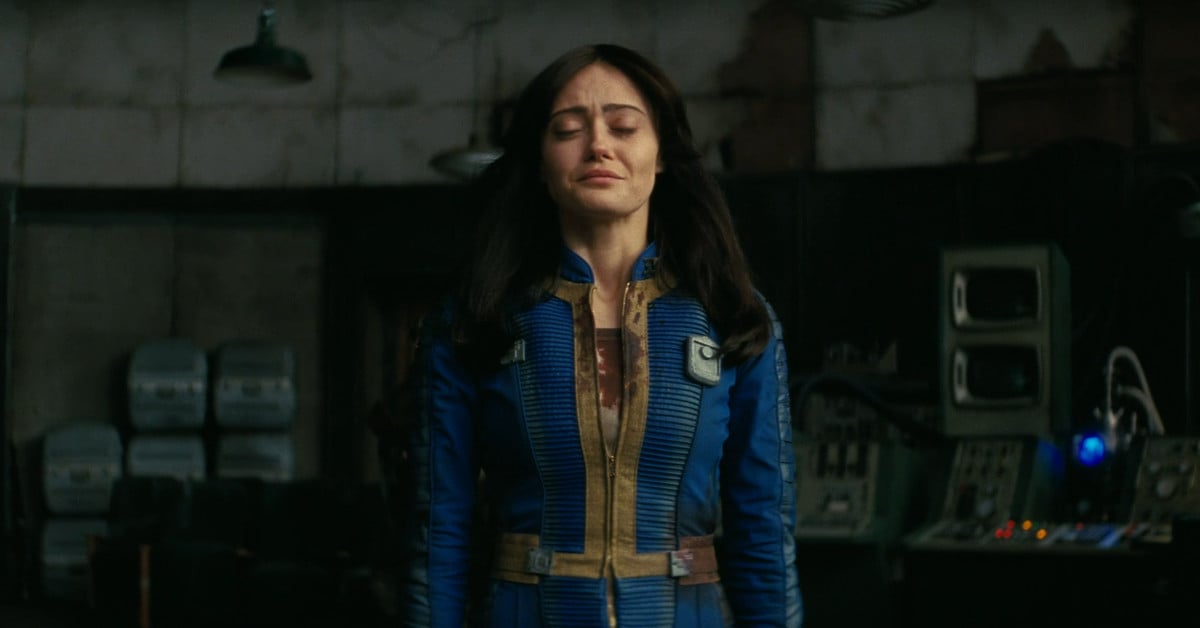Costumes seem like an obvious barometer, but the measurements may not be what you’re expecting. Rather than looking for costumes with quality, attention to detail, or uniquely inspired designs, all you have to do is look for how dirty the costumes are.
Costume weathering, the process of adding details of wear and tear like grime, cuts, and scrapes, is a lost art on most productions. The easiest place to see the gold standard is in Peter Jackson’s Lord of the Rings trilogy. Those costumes aren’t just wonderfully designed, they’re wonderfully destroyed, too. The hobbits’ cloaks start out fresh and beautiful in The Fellowship of the Ring, but by the time Sam and Frodo make it to Mordor they’re torn and faded, with brilliant greens reduced to faded grays by mottled stains set in deep from weeks of sleeping on the ground and trekking through the muck. And the same is true for the clothes of every other character; Aragorn’s leather is worn and tired from years of nomadic adventuring, a strong contrast to the brightness of Legolas’ elven-made gear or Boromir’s quasi-royal Gondorian garb.



Interesting article and its something that crosses a few of my interests with film production and fashion. I remember a few years ago rubbing sandpaper and dirt on my jeans to make them look “authentically” distressed (then I got a job where I can’t keep my clothes hole-free to save my life).
For all the flack that you can throw at the series, I remember the later Harry Potter movies being another great example of this. I forget exactly where I saw this, but I remember one interview with a wardrobe assistant for the last movie showing off an entire rack of about fifty versions of his being jacket in various stages of wear.